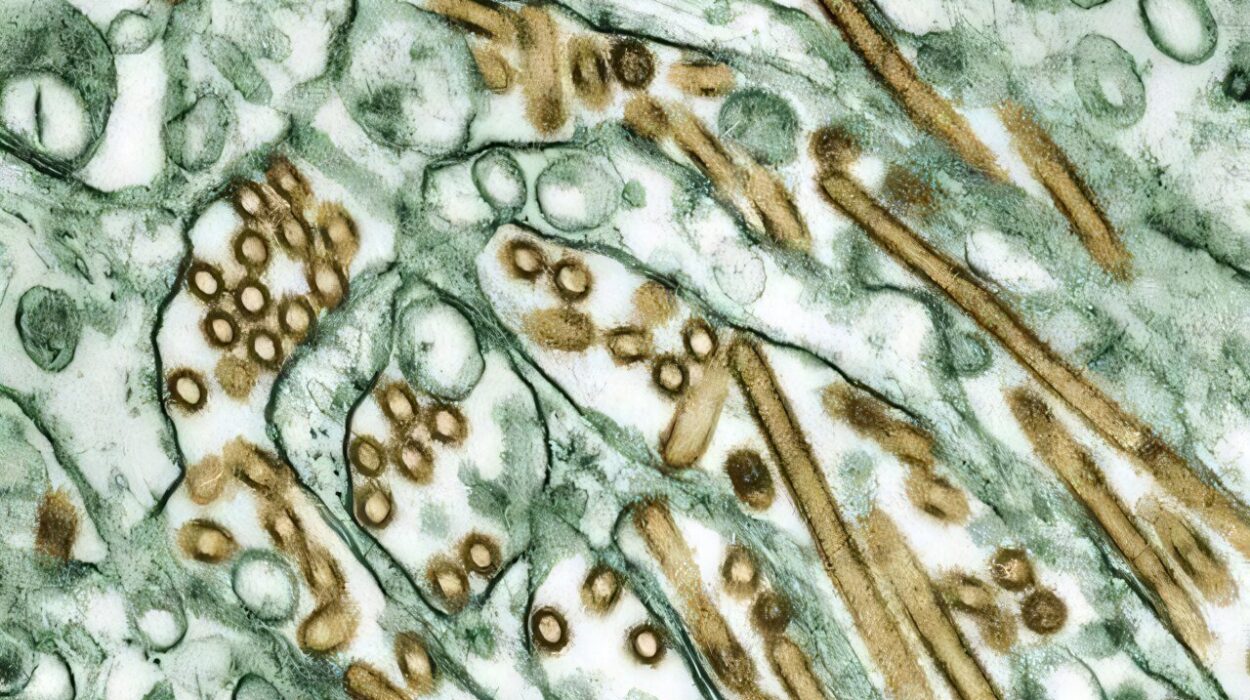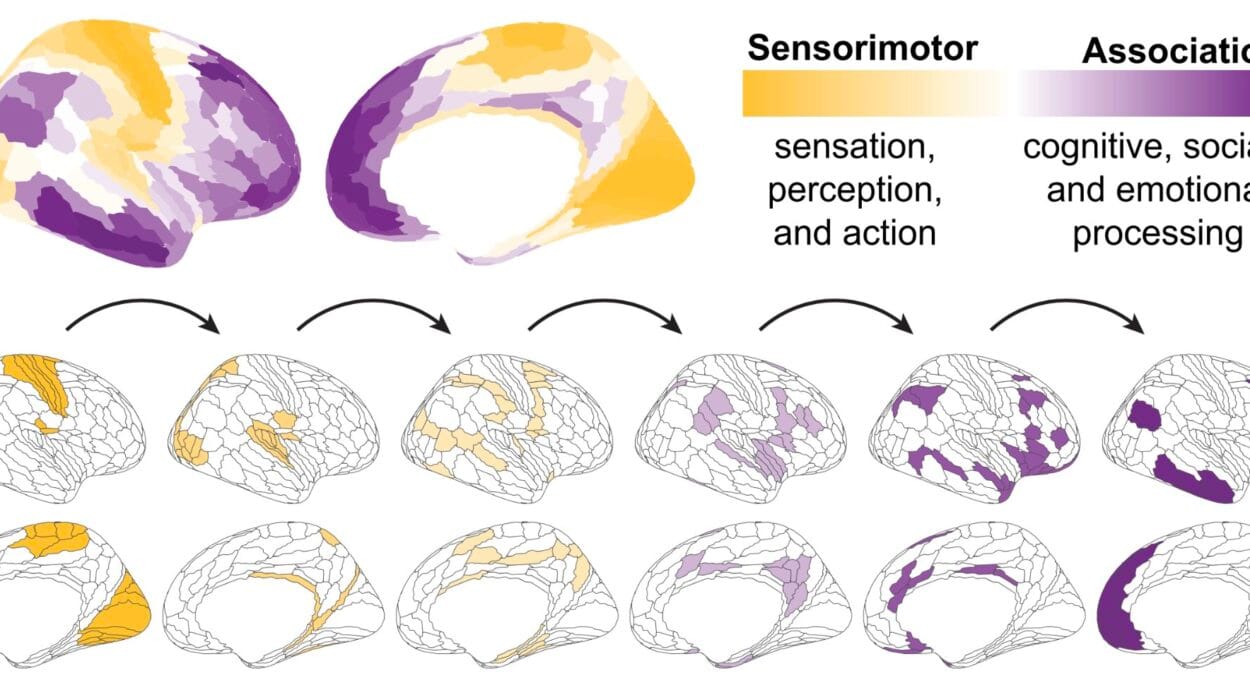Sex is meant to be an experience of intimacy, pleasure, and connection. Yet for many people, it can instead bring discomfort, sharp stabs of pain, or a lingering ache that overshadows the joy of intimacy. This experience, medically referred to as dyspareunia, is more common than many realize — and it affects people of all genders, ages, and backgrounds.
Pain during sex can feel isolating. In a culture that often glamorizes sex as effortless and passionate, those who experience pain may feel alone, embarrassed, or even broken. But pain is not a sign of weakness or failure — it’s a sign that something in the body, mind, or emotional world needs attention.
Understanding why pain happens is the first step to reclaiming comfort and confidence in intimate relationships. Whether the cause is physical, emotional, or a mix of both, there are paths toward relief, and professional help is available.
How Pain Feels: Different Sensations, Different Clues
Pain during sex can vary in intensity, timing, and location. For some, it’s a sharp, immediate pain at penetration. For others, it’s a deep ache that grows during intercourse or lingers afterward. It might be felt externally — on the skin, at the vaginal opening, or at the head of the penis — or deep inside the pelvis or abdomen.
The nature of the pain can offer important clues. Burning, raw sensations might suggest irritation or infection. A deep, internal cramping could point toward conditions involving the reproductive organs. Pain that only occurs in certain positions might be linked to mechanical issues, anatomical changes, or muscle tension.
In all cases, the body’s discomfort is a form of communication. The pain is not random — it’s a signal that should be heard, respected, and understood rather than ignored.
Physical Causes in Women and People with Vaginas
For those with vaginal anatomy, the potential physical causes of pain during sex are wide-ranging. Vaginal dryness is one of the most common culprits, often related to hormonal changes during menopause, postpartum recovery, or breastfeeding. Low estrogen levels can thin the vaginal tissue and reduce lubrication, making penetration painful.
Infections such as yeast infections, bacterial vaginosis, or sexually transmitted infections can cause inflammation, swelling, and heightened sensitivity. These can make even light touch feel uncomfortable.
Conditions like vaginismus, where involuntary muscle spasms tighten the vaginal opening, can make penetration feel impossible or extremely painful. Structural or anatomical changes, such as scarring from childbirth or surgery, can also cause discomfort.
Pelvic inflammatory disease, endometriosis, fibroids, or ovarian cysts can all create deep pelvic pain during sex, often accompanied by other symptoms such as irregular bleeding or chronic cramping.
Physical Causes in Men and People with Penises
For men and people with penises, pain during sex may stem from infections, skin conditions, or structural issues. Balanitis — inflammation of the head of the penis — can make any friction uncomfortable. Tight foreskin (phimosis) or overly tight frenulum tissue can create a pulling, tearing sensation.
Prostate inflammation (prostatitis) can cause aching or burning during ejaculation. Infections like chlamydia or gonorrhea can cause painful urination and intercourse. Peyronie’s disease, in which scar tissue causes the penis to curve abnormally, can make penetration difficult or painful.
In both men and women, urinary tract infections can cause burning and pelvic discomfort that makes sex unpleasant.
Emotional and Psychological Causes
The mind and body are deeply connected, and emotional well-being plays a major role in sexual comfort. Anxiety, depression, and relationship tension can all increase muscle tension and sensitivity, making physical pain more likely.
Trauma from past sexual abuse or negative sexual experiences can lead to fear, avoidance, or involuntary muscle tightening during intimacy. Even without trauma, societal pressures, shame about the body, or fears about sexual performance can create a mental state that amplifies physical sensations of discomfort.
Over time, this can become a cycle: pain leads to anxiety, which increases muscle tension, which worsens the pain. Breaking this cycle often requires both medical and emotional support.
Hormonal Influences Across Life Stages
Hormones play a critical role in sexual comfort. During menopause, estrogen levels drop significantly, leading to vaginal dryness, thinning tissues, and decreased elasticity. But hormonal changes aren’t limited to menopause — pregnancy, postpartum recovery, breastfeeding, and even some hormonal contraceptives can alter lubrication and tissue sensitivity.
People undergoing hormone therapy for gender transition may also experience changes in tissue health that affect sexual comfort. Understanding these shifts is key to choosing treatments that restore moisture, flexibility, and comfort.
The Role of Medical Conditions
Some chronic health conditions can contribute indirectly to pain during sex. Autoimmune diseases like lupus can cause systemic inflammation and joint pain that make certain positions uncomfortable. Diabetes can lead to nerve damage or decreased arousal due to circulation issues.
Cancer treatments, especially pelvic radiation or certain chemotherapy drugs, can cause tissue scarring, dryness, or nerve sensitivity that lingers long after treatment ends.
Even seemingly unrelated conditions — like irritable bowel syndrome or chronic back pain — can affect sexual comfort because of the complex way pain signals travel through the nervous system.
The Importance of Communication
One of the most overlooked yet essential elements in addressing pain during sex is open communication. Talking with a partner about discomfort can be challenging, especially when there’s fear of disappointing them or disrupting intimacy. But silence often leads to misunderstanding, guilt, or avoidance.
Explaining what sensations feel like, when they happen, and what helps or worsens them can turn sex into a collaborative experience rather than a painful one. With mutual understanding, partners can experiment with different positions, pacing, and levels of stimulation that minimize discomfort.
Communication with healthcare providers is equally critical. Many people avoid telling their doctors about sexual pain due to embarrassment, but medical professionals are trained to address these concerns. Being specific about symptoms, timing, and sensations can help a doctor make an accurate diagnosis.
Treatment Approaches for Physical Causes
Treatment depends entirely on the underlying cause, which is why diagnosis is so important. For dryness, lubricants and moisturizers can provide immediate relief, while topical estrogen or other hormone therapies can restore tissue health over time.
Infections require targeted treatment, whether antifungal medication for yeast infections or antibiotics for bacterial infections and STIs. Conditions like endometriosis may require hormonal management or surgery to remove tissue growths.
For muscle-related pain such as vaginismus, pelvic floor physical therapy can help retrain muscles to relax and improve blood flow to the area. Stretching, dilator therapy, and guided relaxation exercises can gradually make penetration comfortable again.
Addressing Emotional and Psychological Factors
When anxiety, trauma, or relationship issues are at play, psychological support is essential. Sex therapy, counseling, or trauma-informed psychotherapy can help individuals and couples rebuild trust, reduce fear, and reframe sexual intimacy in a positive light.
Mindfulness practices, breathing exercises, and gradual exposure to touch in a safe, controlled environment can help reduce the body’s automatic pain responses.
When to See a Doctor
Any pain that is persistent, worsening, or severe enough to disrupt sexual activity should be evaluated by a healthcare provider. Red flags that require prompt attention include bleeding during or after sex, sudden severe pelvic pain, swelling or lesions in the genital area, or pain accompanied by fever and chills.
Even if the pain is mild but recurring, medical evaluation is important. Early diagnosis can prevent complications and speed recovery. A doctor may recommend pelvic exams, STI testing, imaging studies, or hormone level assessments depending on symptoms.
Moving Forward with Hope
Pain during sex is never something to simply “get used to.” It is a valid and treatable medical and emotional concern. Addressing it requires patience, compassion for oneself, and often a willingness to explore multiple approaches — from medical treatment to emotional healing.
With the right support, many people not only overcome sexual pain but also rediscover deeper, more fulfilling intimacy than before. The journey to healing can be transformative, restoring not just physical comfort, but also confidence, self-trust, and a renewed sense of pleasure in connection.
A Final Word
Sex should never hurt. If it does, it’s a sign your body is asking for care. Whether the cause is physical, emotional, or both, your comfort and pleasure matter — and help is out there. By listening to your body, seeking professional guidance, and embracing open communication, it is entirely possible to move beyond pain and into a healthier, happier sexual life.






